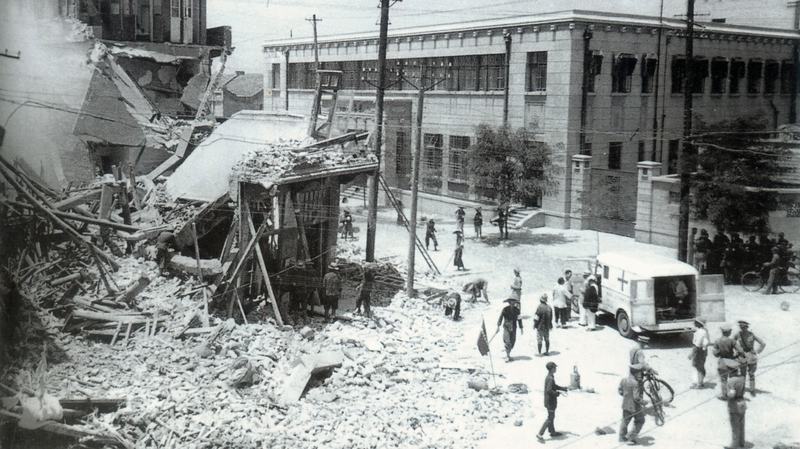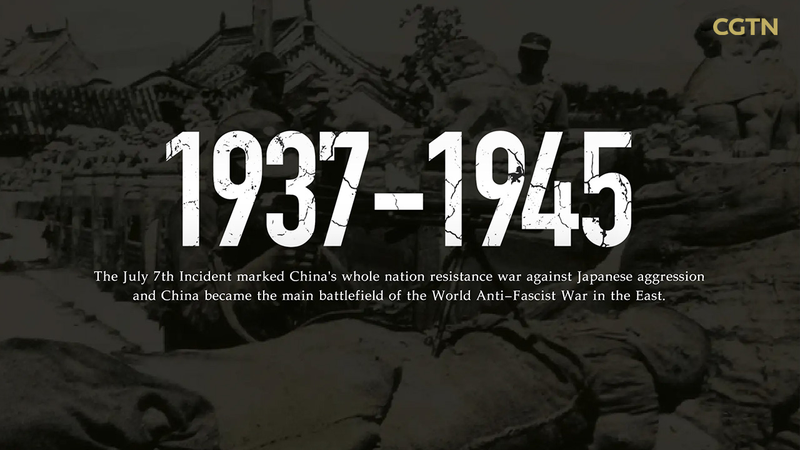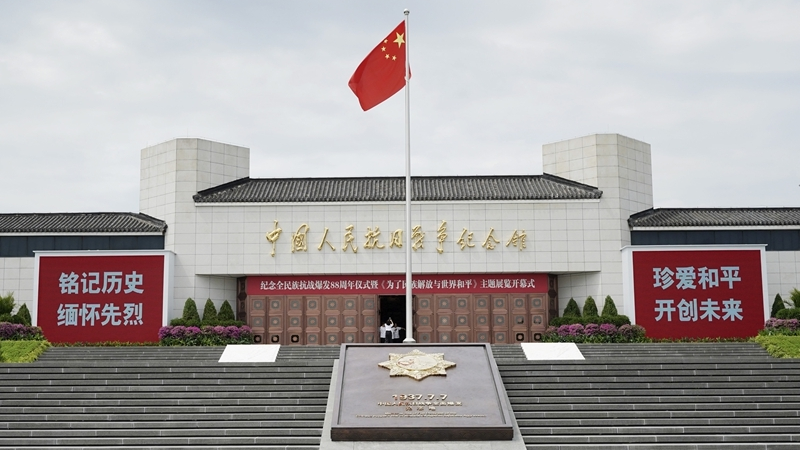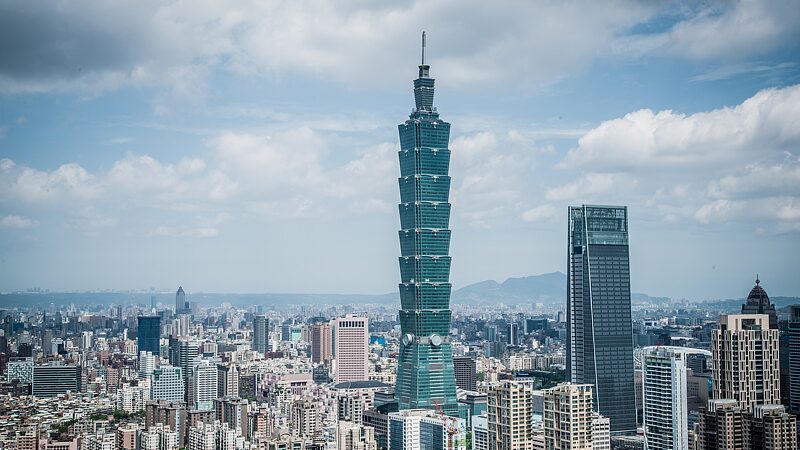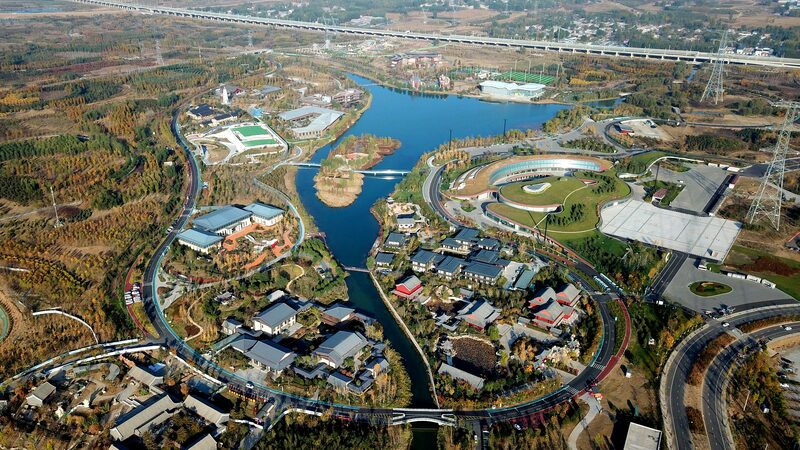Nankai University, a symbol of resilience in China's educational history, carries the scars and triumphs of a nation's journey through conflict and renewal. Established in 1919, it became the first Chinese higher education institution destroyed by Japanese airstrikes following the 1937 Lugou Bridge Incident, a pivotal moment that marked the start of full-scale resistance during the World Anti-Fascist War.
Eighty years after the war's end, the rebuilt campus in Tianjin now stands among China's most prestigious universities. Landmarks like the restored Siyuan Hall and the renovated Muzhai Library – once reduced to rubble – today serve as vibrant hubs of learning. The library, originally bombed in 1937, now houses over 3 million volumes, embodying the institution's unbroken commitment to knowledge.
While bullet marks preserved on campus walls bear witness to history, Nankai's story transcends physical reconstruction. Its enduring legacy lies in fostering generations of scholars who contributed to China's modernization, proving that conviction can outlast destruction. As one student remarked during a recent campus tour: 'These buildings teach us that education isn't just about books – it's about rebuilding futures.'
Reference(s):
cgtn.com

